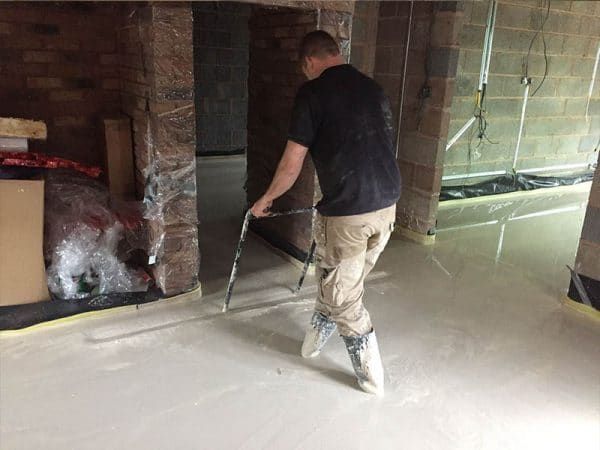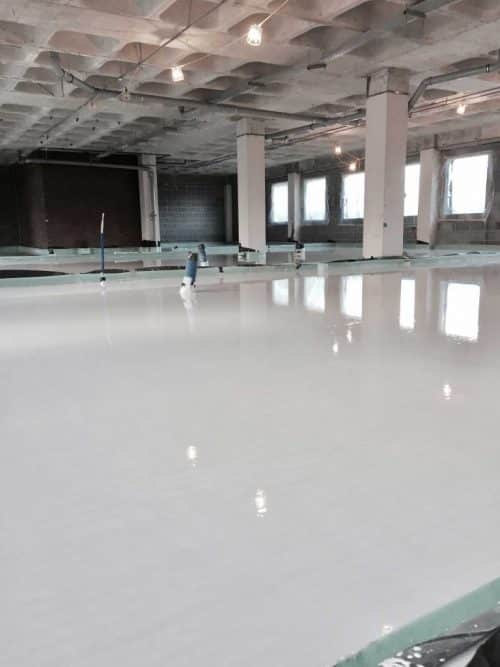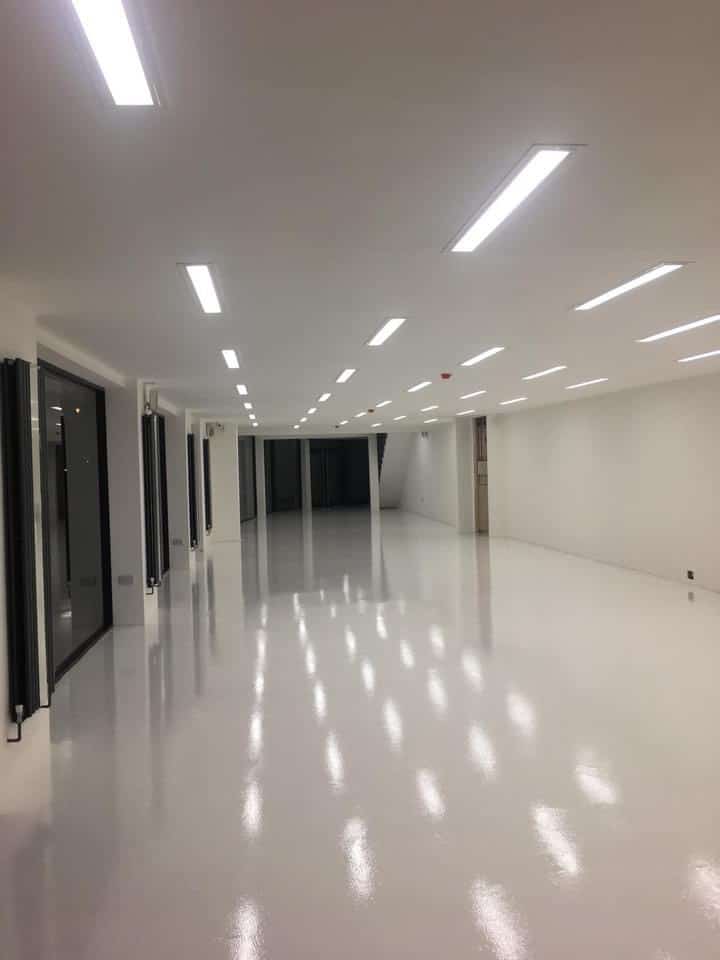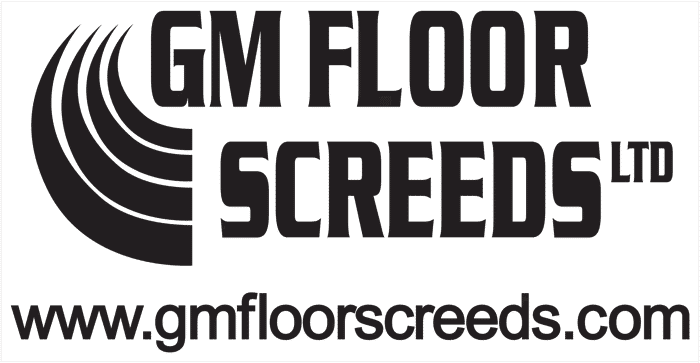Liquid Screed Solutions
GM Floor Screeds are specialists in liquid screed solutions and applications. A liquid screed is also known as a flowing screed or liquid flow screed. It is designed to provide a smooth level surface in both commercial and domestic buildings and properties prior to the application of floor finishes.
Based in Cannock in the West Midlands, we have been supplying industry leading liquid screed solutions to Birmingham, Wolverhampton and the wider UK for over 20 years. You can count on GM Floor Screeds to provide you with the perfect flooring solution for your domestic or commercial development project.
What are Liquid Screeds?
Are you familiar with liquid screeds? Liquid screeds are a blend of sand and a cutting-edge calcium sulphate binder system.
Tailored for a seamless finish, these screeds provide a smooth, level surface ideal for your flooring needs. What sets liquid screeds apart is their versatility – easily pumped or poured, and they boast a rapid drying time.
When it comes to laying liquid screeds, our process involves pumping the screed directly onto the surface. This not only streamlines the thickness but also accelerates the drying time. This efficient application ensures you can proceed with your project without delays, adhering to your schedule seamlessly.
Enhance your flooring project with the efficiency and reliability of liquid screeds. Invest in a professional finish that not only meets but exceeds your expectations.


Benefits of Liquid Screed Solutions
Discover the unparalleled benefits of liquid screeds for your construction projects. Unlike standard sand and cement screeds, liquid screeds excel in heat transfer by leaving no gaps unfilled.
This meticulous filling process eliminates air pockets, ensuring optimal heat distribution and preventing it from rising.
Key Benefits of Liquid Screeds include:
-
- Efficient Heat Transfer: Liquid screeds fill all gaps between heating pipes, transferring heat with 100% efficiency. This allows for superior thermal conductivity for enhanced comfort and energy-efficiency.
- Reduced Labour Requirements: Streamline your construction process with liquid screeds, which require fewer labour hours compared to conventional methods.
- Optimised Material Usage: While liquid screeds may initially be considered a premium product, strategic application aims to minimise the required screed quantity. This not only ensures a cost-effective solution, but also keeps your project competitive in terms of rates.
Additional Benefits of Liquid Floor Screeds
Other benefits of liquid screed solutions include:
- Low risk of shrinking and cracking.
- The application's thickness is considerably reduced compared to traditional sand and cement screed.
- After being laid, the screed can be walked on in 24-48 hours.
- It can be loaded after 7 days.
- Easily achieves SR2 finish as described in BS8204.
- It is protein-free – cannot harbour harmful bacteria.
- Non-combustible (tested to BS476 Part 4).
Liquid Screeds Solutions: Contact Us Today
GM Floor Screeds can offer high-quality service, meeting clients' expectations both in design and service. We are based in the West Midlands, but we can deliver our services around the UK.
We work with a range of flooring services, and our team is highly qualified, so no matter your requirements, we can get the job done properly. GM Floor Screeds can work with refurbishments and small extensions and up to big commercial and industrial projects.
Alternatively, browse our other services here at GM Floor Screeds:

Have a Floor Screeding Question?
Check out our Screeding FAQ's to learn more.
Depending on the type of screed you choose or require will determine its drying time. Most screeds are normally adequate to walk on after 48 hours at most however some can be walked on within a day and with added additives can be walked on after 12 hours.
It is recommended to leave a screed 28 days before placing furniture on it, however, flooring and some furniture can be placed on the screed after 7 days if completely necessary.
For more information, please visit this page.
There is a type of floor screed for essentially any property. Whether you want to screed your commercial, domestic or industrial property there is a screed that can be applied. This is because screeds can be adapted to suit the environment they will be in, i.e. screeds can be made to withstand more heavy duty loads if required.
Just like the curing time, the type of floor screed chosen will depend on the thickness it needs to be.
For industrial and commercial spaces with heavy duty applications, the floor screed will need to me considerably thicker than one in a domestic property.
However, it is best to ask your builder the thickness needed to be completely accurate.
Screed and concrete are both made up of the same materials, however, screeds use a finer aggregate, therefore, making the material overall smoother. This make concretes stronger as the extra aggregate adds more strength however as a screed is made to be put over concrete the strength is still maintained.

